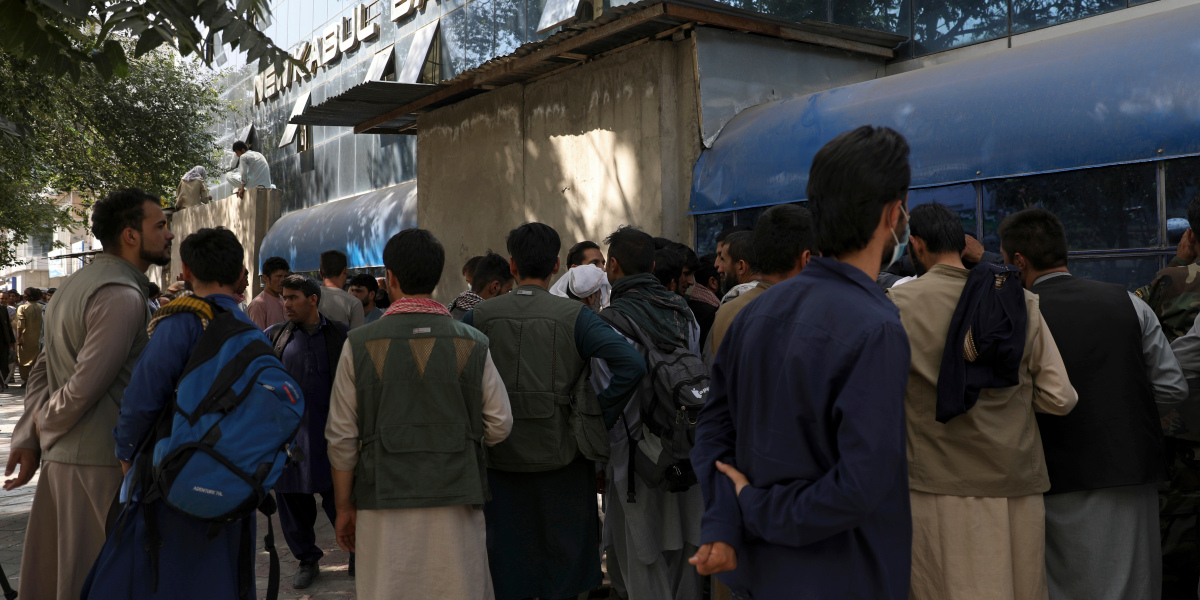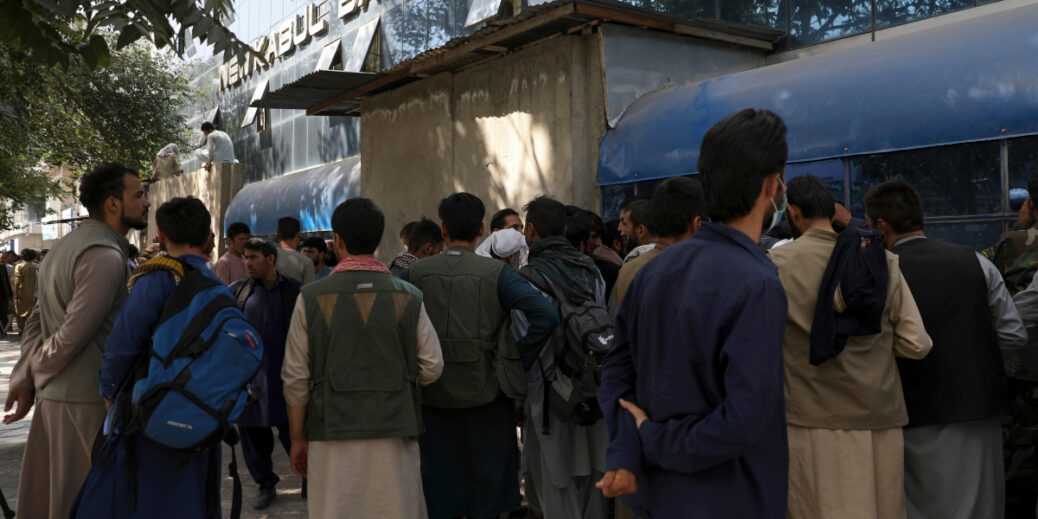
It was an important project: the Afghan economy runs on cash, and only an estimated 10 to 15% of citizens have a bank account. APS was meant to help Afghanistan become less cash-dependent, make economic transactions more secure and efficient, and bring real banking to more people. And, says Khademi, it was moving fast before the US withdrew its forces and the Taliban took over.
Now, though, as chaos continues to unfold in Afghanistan, the project has stopped, and cash is running out before any viable alternatives have been put in place.
But a different outcome was within reach, Khademi says: Afghanistan was perhaps just a year or two away from having a 21st-century digital banking infrastructure that could cope even if cash disappeared. His team was “very committed and hardworking”, he says, regularly working up to 17-hour days to support rapid growth. They were “so passionate about the economy to be standing on its own.”
“We were hoping our efforts would pay off,” he says, through tears. “It seems like everything was in vain, everything we have done. It seems like a dream, but now it’s never going to come true.”
Frozen assets
The cash crisis is not an accident. Most of the previous Afghan government’s assets were held in offshore accounts that have since been frozen to prevent the Taliban from gaining access, according to former Central Bank governor Ajmal Ahmady. And the US has chosen to prevent the Taliban—which is on the Treasury Department’s sanctions list—from getting hold of other funds by freezing Afghan government cash reserves and halting planned shipments of cash. Many Afghans have been expecting such a situation for weeks, with long lines at banks as citizens worried about the future drained them of cash.
ATM activity went through the roof. “Friends [who work in banks] said where they normally did hundreds of transactions per day, they were doing thousands,” says Ruchi Kumar, a journalist and contributor to MIT Technology Review who worked in Kabul for eight years but fled the country recently.
The problems caused by the lack of cash are building up. US dollars are becoming increasingly scarce, the value of Afghan cash is plummeting and, according to Khademi, the price of basic goods is skyrocketing. Cash remains in circulation—Afghanistan has a sizeable informal banking system, run though local unlicensed currency traders. Sources say that they are still operating, but without banking activity, money supply will soon run tight.
Some outsiders are trying to fill the gap by running online fundraising campaigns, while others have even suggested that cryptocurrency could step into the void.
But getting money into the country from outside has become more difficult. Western Union, the world’s largest money transfer company, has suspended services in Afghanistan, and NBC reports that MoneyGram has halted operations there too. Meanwhile some foreign crowdfunding websites, such as GoFundMe, have been accused of “disingenuous” behavior after blocking some fundraising efforts for the country while letting others proceed.
“I didn’t think this day would come”
While digital alternatives have largely failed to fill the gap left by the cash collapse, there have been some windows of opportunity for alternative services to help out.
Kumar, the journalist, says that vulnerable Afghans are using services like WasalPay—an online payment system for utility bills—to keep their phone credit topped up.
She’s using it to send money that people in distress can use to stay connected. Her network includes journalists, activists, and human rights defenders; they are able to use WasalPay to access funds coming from outside the country, whether from individual donations and contributions, or from larger sources such as the International Women’s Media Foundation.





Recent Comments